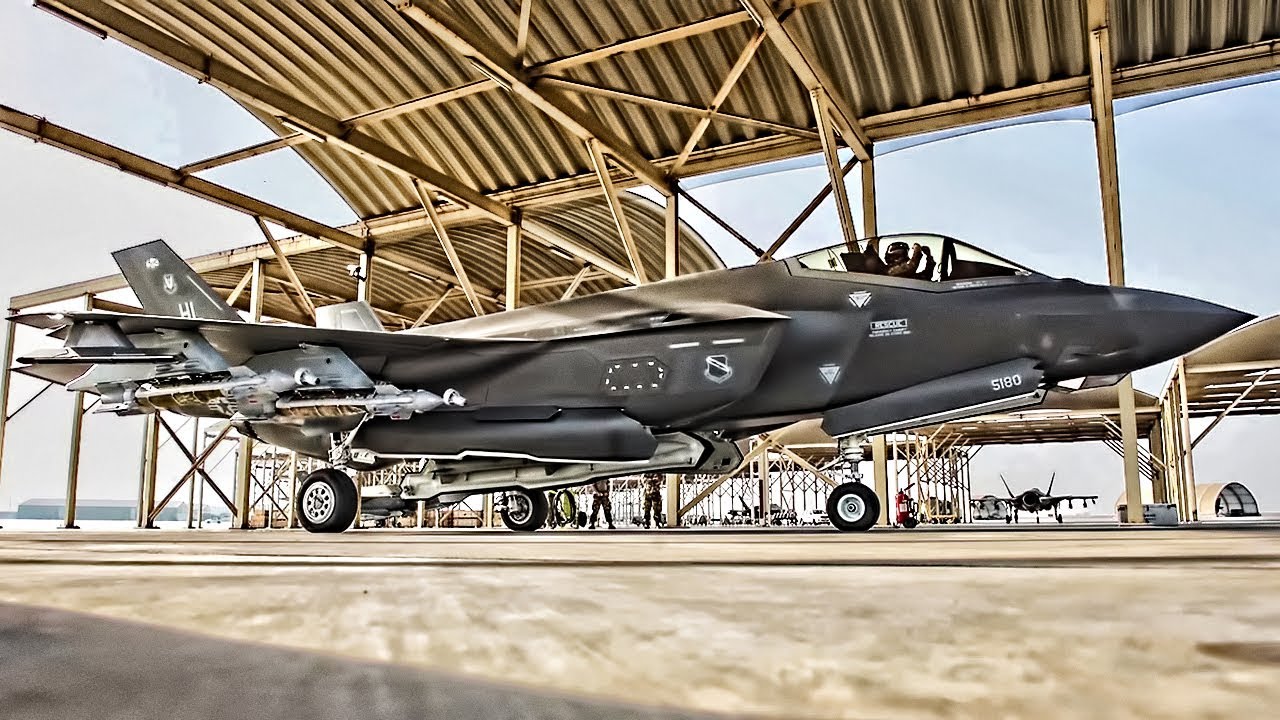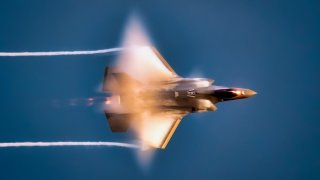The Biggest Problems with the F-35 Fighter
The F-35 Lightning II, an American-made marvel, represents the pinnacle of U.S. military aviation as its second fifth-generation aircraft, surpassing global counterparts with its unparalleled capabilities. Nonetheless, the stealth fighter has had its share of challenges.
Summary: The F-35 Lightning II, an American-made marvel, represents the pinnacle of U.S. military aviation as its second fifth-generation aircraft, surpassing global counterparts with its unparalleled capabilities. Despite the looming competition from China and Russia's fifth-generation fighters, the U.S. races towards developing the first sixth-generation jet. Last month's announcement from the Department of Defense to escalate the F-35 to full-rate production marks a significant milestone, with nearly 1,000 units already serving the U.S. and allied forces. Engineered by Lockheed Martin, this fighter jet embodies versatility, offering advanced surveillance, reconnaissance, and electronic warfare capabilities, powered by Pratt & Whitney’s F135 engine. However, the journey hasn't been without hurdles.
F-35 Not Perfect
The American-made F-35 Lightning II fighter is the U.S. military’s second fifth-generation aircraft, and it is widely considered to be the most advanced fighter jet in the skies.
However, China and Russia have developed their own fifth-generation fighters, and the race to achieve the world’s first sixth-generation platform is already underway.
The U.S. Department of Defense revealed last month that it had finally made the long-awaited decision to move ahead with full-rate production of the Lightning II fighter. So far, nearly 1,000 F-35s have been delivered to the U.S. Air Force, Navy, and Marine Corps, in addition to foreign militaries.
The jet is a popular fighter, but it is certainly not perfect. High costs, delays in production, and technical issues have harried the Lightning II program over the years.
Introducing the F-35
Capable of providing surveillance, intelligence, reconnaissance, and electronic warfare capabilities, the Lockheed Martin-designed fighter is a versatile platform.
The jet was the result of the Joint Strike Fighter program, the culmination of a project that aimed to develop a fighter capable of Advanced Short Take-Off/Vertical Landing for the Air Force and Marine Corps. Manufacturers including Lockheed, McDonnell Douglas, Northrop Grumman, and Boeing participated in the competition to create a new fighter for the inventories of the U.S. and its allies.
In 2001, Lockheed was declared the winner.
The Lightning II: Specs & Capabilities
Pratt & Whitney’s F135 engine powers the fighter, pushing it to a top speed of Mach 1.6. The Lightning II is equipped with advanced communications links that can send information securely between F-35s. The platform’s integrated data link functions make it easier to modify the aircraft with future technologies.
But There Are Issues
Observing the Lightning II’s capabilities, it is clear why this fighter is favored. The aircraft’s export history confirms it. But a few issues have marred the jet’s reputation. In 2023, the U.S. Government Accountability Office outlined the excessive costs associated with the effort to modernize the F-35’s Block 4 variant.

In fact, the total cost of the program grew to $16.5 billion last year. Additionally, the GAO found that the jet’s engine and thermal management system needed to be upgraded in order to function properly.
To make matters worse, delays in completing the Lightning II’s simulator have held back full production.
No airframe is perfect, and the F-35 is certainly not without its faults. However, the platform’s unique capabilities and high-tech attributes make it worth fighting for. Until the Navy and Air Force introduce their sixth-generation fighter programs, the F-35 remains the greatest U.S. deterrent against adversarial platforms.
About the Author: Maya Carlin
Maya Carlin, National Security Writer with The National Interest, is an analyst with the Center for Security Policy and a former Anna Sobol Levy Fellow at IDC Herzliya in Israel. She has by-lines in many publications, including The National Interest, Jerusalem Post, and Times of Israel. You can follow her on Twitter: @MayaCarlin.
Image Credit: Creative Commons.


